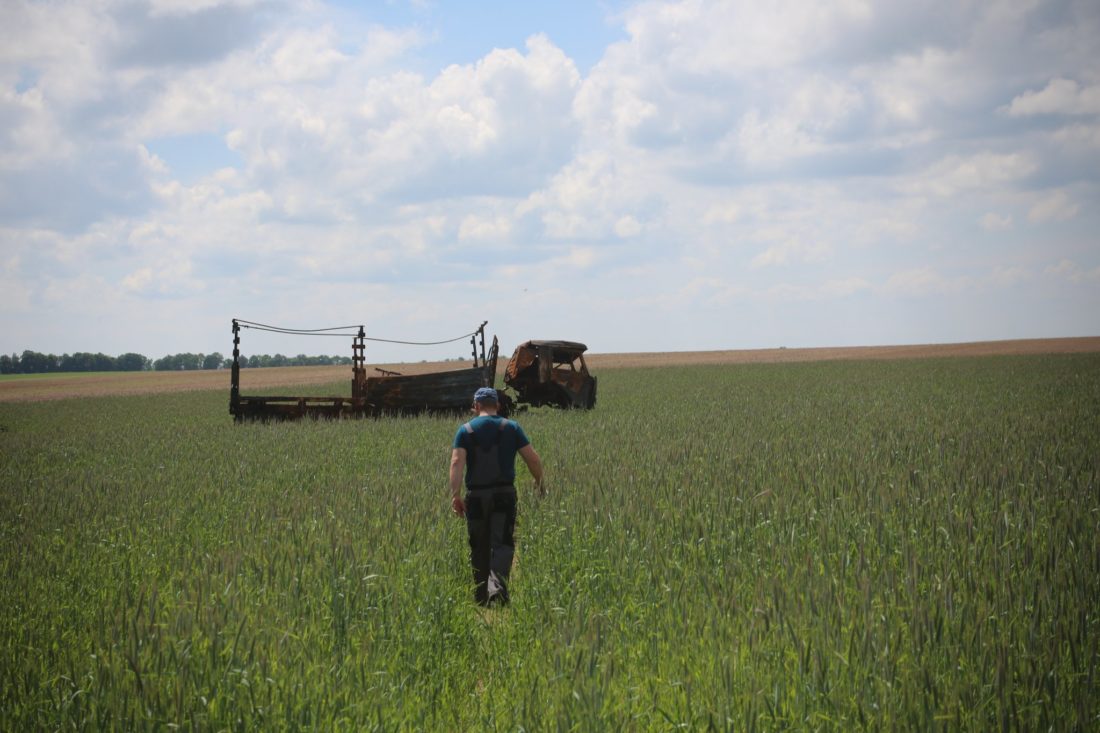Since 2022, mines and other explosive weapons have injured thousands of Ukrainians and killed 297 people. Many of them were children, according to the Security Service of Ukraine.
The agency is preparing a large amount of evidence proving Russia's deliberate use of anti-personnel mines against Ukrainian civilians, which is an intentional violation of international law, war laws, and customs.
"Once the SBU gathers sufficient evidence, the materials will be submitted to the International Criminal Court in The Hague," stated the Ukrainian Security Service.
Investigations revealed that the Russians purposefully set up mine traps near or within populated areas in combat zones. To camouflage these explosives, the invaders use various everyday objects, including children's toys and candy boxes.
Additionally, Russian sabotage and reconnaissance groups frequently set up minefields to cover their retreat from frontline areas and the Ukrainian border regions. The highest number of mine traps against civilians has been recorded in Donetsk and Kharkiv oblasts.
These mines include:
- PFM-1 ("Petal"): A pressure-activated mine that is hard to detect due to its specific shape. It often causes severe leg injuries, which can be fatal.
- PMN-2: Another pressure-activated mine that typically results in the amputation of the limb of a person who steps on it.
- OZM-72 ("Frog Mine"): A bounding fragmentation anti-personnel mine that jumps to nearly 1 meter high and disperses shrapnel within a 25-meter radius.
MON-50: A directional anti-personnel mine banned by the Ottawa Convention.
The agency has urged Ukrainian citizens to follow safety rules, not to touch an explosive or suspicious object, and inform law enforcement.




